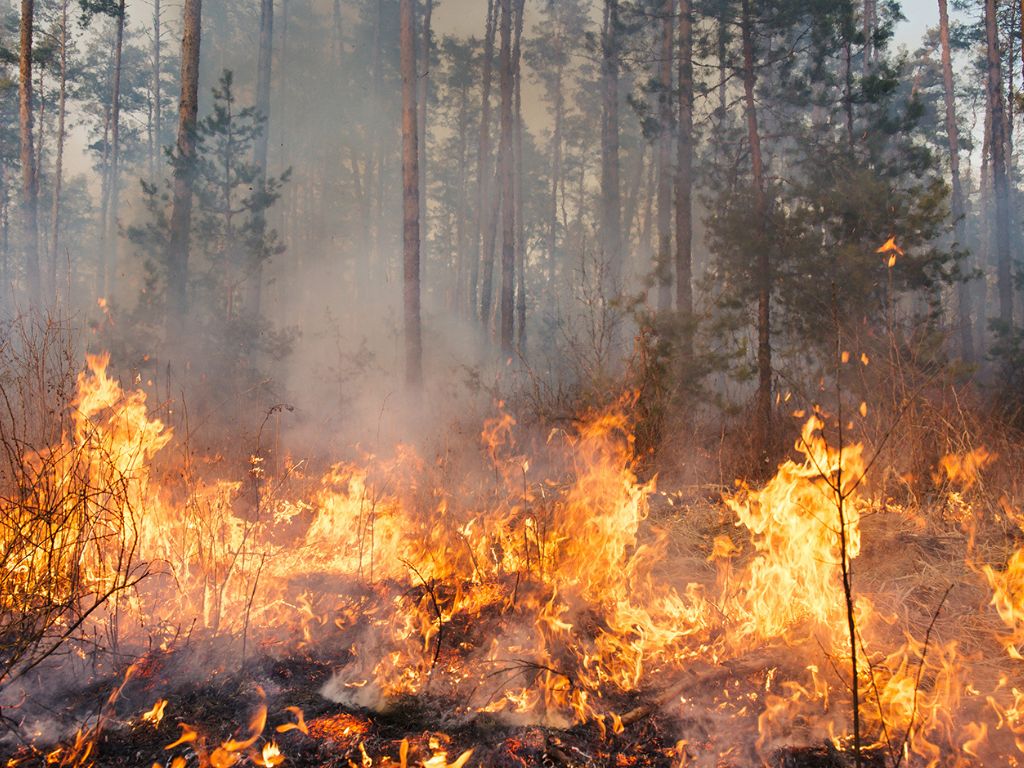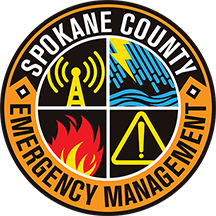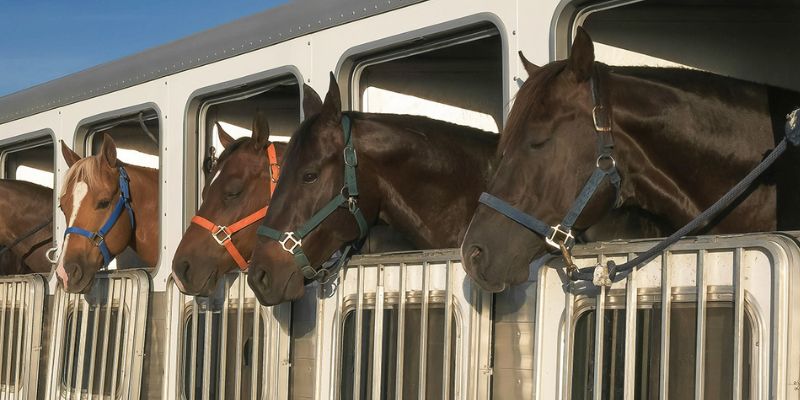Be Organized for Action in Case of an Emergency
Disasters can happen anytime, anywhere, and it’s in your best interest to be prepared in advance. There are three primary focus areas that can assist you in preparing: build a kit, make a plan, and stay informed. These three practices can be used to prepare other people in your household as well as the animals in your care.
1. Build a Kit
The process for building a kit starts small. Think about the items you use daily, like food, water, toiletries, medication, etc. After you identify and gather those items, think about adding items that would be nice to have in an emergency like books, card games, toys, etc. You may already have many of the items for a kit in your home and just need to pull them all together.
Once you gather the items, pick a designated location to store them. Make sure it is somewhere quickly and easily accessible. What you choose to include in your kit will affect the size of the container you need to store the items. People use anything from a large backpack to a five-gallon bucket to large totes on wheels. Just remember that you may have to move and lift your kit into a vehicle or trailer.
Follow these same steps to build kits for your animals. You can store these items in or around their carrier or trailer for easy access. It’s essential to have their veterinary records handy and have multiple ways for your animals to be identified. Identification can include microchips, collar tags, tattoos, branding, ear tags and pictures of you with your animal in case you are separated from them. The most reliable option for identification is microchipping, but you must also remember to keep your contact information up to date with the company so they can easily get hold of you if you become separated from your animals for any reason.

2. Make a Plan
There are two important plans to have—one for if you are home when the incident happens and the other is the pet care buddy plan to use if you are not home and/or cannot get home. For your at-home plan, think about where you will go if you need to evacuate and where you can take your animals, especially larger animals since they don’t easily fit into a hotel room. The best option would be to cooperate with nearby friends or family who have space for you and your animals. Other options can include boarding or training facilities, veterinary offices, or public shelters set up for the incident at fairgrounds or rodeo grounds.
The pet care buddy plan involves coordinating with a friend or family member who may be able to come to your home and evacuate your animals for you if you’re not at home when an incident occurs. It’s important your animals are familiar and comfortable with the person and that the person is familiar and comfortable with your animals and their behavior. Make sure this person knows where to take your animals and how to get in contact with you, has access to the disaster kits, and knows how to properly load and manage your animals.
The final component to planning is to practice your plans. This involves getting your animals comfortable loading and unloading from their carrier or trailer on blue sky days. When an incident occurs and you are in a rush, this practice will make the task less stressful for all. Allow your buddy to practice too.
3. Stay Informed

There are several ways to stay informed before, during, and after an incident. You can watch the local news media, check social media, reach out to your local emergency management office, or register for local targeted alerts. It’s essential to be aware of the hazards that may impact your area ahead of time and be aware of multiple routes to and from home in case your main route is impacted by the incident. If evacuation notices are being issued in or near your area, regardless of the evacuation level, if you are worried about having enough time to evacuate or just don’t feel safe, you should evacuate sooner rather than later.
In Spokane County we are actively recruiting volunteers for our Spokane County Livestock Emergency Evacuation Team (SLEET). This team is tasked with the safe evacuation of animals temporarily displaced by an incident such as a wildfire. The team also assists at the emergency shelter once evacuations are concluded. If you’re interested in joining our group, please reach out to Heather Kitchen, with Spokane County Emergency Management at hkitchen@spokanecounty.org or 509-477-3058.
If you don’t live in Spokane County but would like to get involved, please reach out to your local emergency management office, and see what volunteer opportunities they may have available.
See this article in the May/June 2023 online edition:
May/June 2023

Heather Kitchen started her emergency management career in 2007 with the City of Auburn, WA Emergency Management office. In 2016, she moved to Spokane County, WA to work for Spokane County Emergency Management. In 2011 she received her Certified Emergency Manager (CEM) credential from the International Association of Emergency Management. This credential requires many hours of training and contributions to the profession and requires recertification every 5 years. Heather’s been passionate about teaching disaster preparedness for animals throughout her career. Throughout her life she has had many four-legged family members including cats, dogs, pocket pets, and reptiles.


